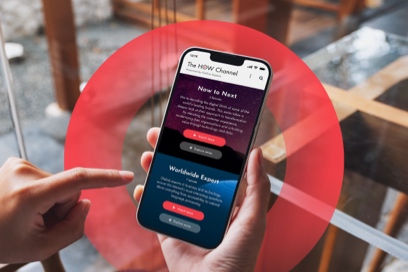Putting the customer in control
Putting the customer in the driver’s seat when it comes to data collection may sound risky—what if the customer decides not to share any data at all? But according to Kirby, embracing privacy preferences and giving consumers the opportunity to naturally share data fosters a growing relationship of trust, while also providing retailers with cleaner, more accurate data to act on.
“You may get less data, but you get more signal,” Kirby said.
In a simple example, a consumer may decide to opt-out of receiving email promotions, but opt-in to receiving coupons or offers in their mobile wallet or loyalty app via push notification. A CDP is able to unite these two insights, and signal to a retailer that “this customer prefers to receive promotions via mobile.” When armed with this information, retailers can create an experience that caters to the needs of the customer, while also adhering to privacy preferences.
Creating an environment of trust also allows customers to behave more naturally when interacting with a brand. Stellar in-store or e-commerce experiences can help prompt buyers to naturally share more details about their shopping preferences, like shoe size, or types of jewelry they prefer, or what new products they may be interested in, for example—all first-party data interactions that retailers can record to build an ongoing relationship.
A unified data platform
As consumers begin to take more control over their data preferences, and first-party data collection becomes more prioritized, it’s important for retailers to be able to accurately track, record and manage these preferences across the entire supply chain in a way that’s actionable, but also secure.
With a CDP, customer data is de-siloed, allowing every department to access a single source of truth when it comes to consumer data. But within a CDP environment, data permissions can also be managed in a way that allows different departments to only access the customer data they need to improve the experience at a given point in time.
According to Kirby, the challenge for retailers is uniting different internal organizations, and then determining what information each unit needs to truly succeed in delivering a cohesive customer experience.
For example, an update like an address change can impact multiple business functions, like logistics, location-based marketing, stock, delivery, etc. A CDP can ensure this update is propagated to every business function within the organization in a secure, actionable way, allowing retailers to become more agile when it comes to updating customer experience based on buyer preference.
“It’s two-way,” Kirby said. “It’s your customers and their needs, and it’s also your employees - understanding what their needs are is just as important.”
Looking ahead
Evolving data privacy laws are urging retailers to re-examine customer data health and execution across channels. While there is no catch-all answer to how compliance is achieved—the strategy developed largely depends on the direct needs and goals of the retail organization—building a CDP platform can help retailers future-proof their data processes, while providing a more transparent system that provides greater accountability for both internal stakeholders and the customers they serve.











